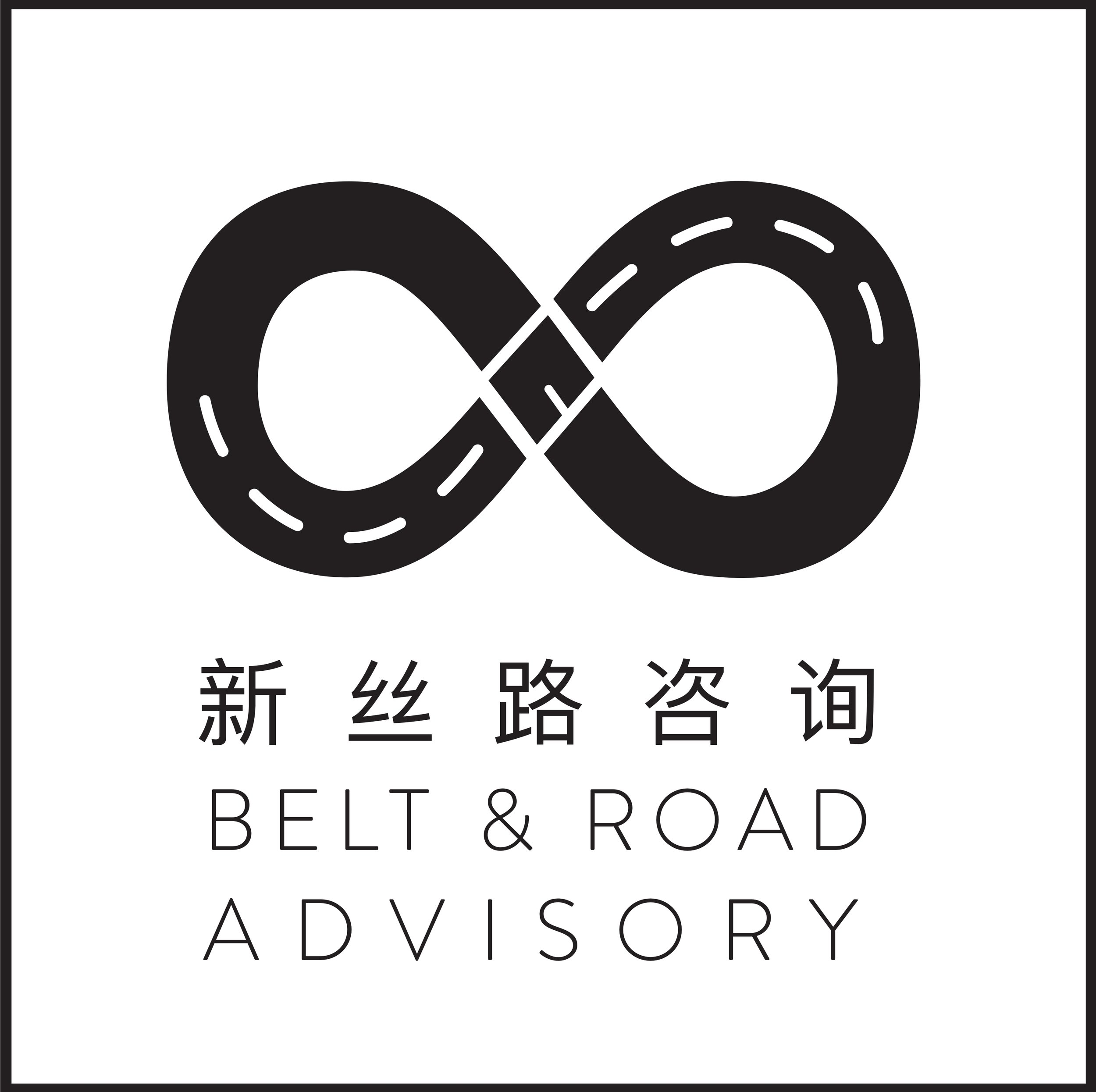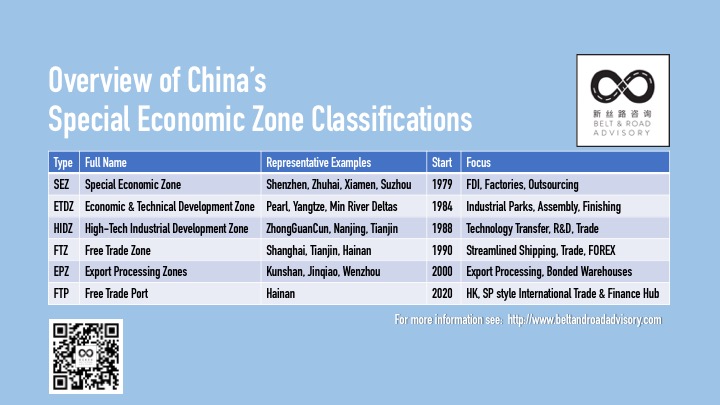How to Leverage the Belt and Road Strategies of Your Chinese Partners
This article will:
Draw your attention to the role of local level entities within the Belt and Road framework;
Tell you how to leverage the Belt and Road strategies of your Chinese partners;
Show you a case study of how a well-known company succeeding at using this leverage.
In our previous piece as part of the China-EU BRI Business Series, we covered the ways in which your company can get involved in BRI. We outlined a 3 step strategy that business should pursue to capitalize on the Belt and Road Initiative. The key message was: Understand the BRI plans and projects of large Chinese entities and accordingly devise a strategy that complements it and benefits you. Today we will cover what approach you should take in order to reach this position of understanding.
The most successful foreign firms appreciate the differences in localities of the Chinese market. Understanding the nuances at the local level allows them to devise a strategy for their operations in China. The situation is no different when it comes to the Belt and Road Initiative.
Many look towards the Chinese central government as the key coordinator of BRI and a channel through which they can engage with BRI projects. But in reality, there are many subsystems and local level entities that are responsible for the actual implementation of BRI policies. They introduce their own policies and have their own agendas for implementing the overarching high-level strategy created by the central government. This is true not only for China’s world famous Special Economic Zones, but also for the country’s provinces, municipalities and multiple other institutions.
Understanding the roles of the varies types of Special Economic Zones
Source: Belt and Road Advisory
These actors have all developed their own unique BRI strategies. Guan Youqing, the head of Minsheng Securities Research Institute estimates that Chinese provinces have earmarked over a trillion RMB for BRI-related projects, primarily in the infrastructure sector. Their goal is to use the support of the central government to boost connectivity through BRI projects and profit from closer cooperation with foreign partners. An example can be the government of Heilongjiang province leveraging a BRI channel - China-Russia-Mongolia Economic Corridor - to boost trade relations with Russia. Aside from working on improving the hard infrastructure, the province runs China-Russia Expos to facilitate this. In 2017 the Expo attracted over 13,000 merchants from 74 countries in an attempt to engage foreign partners.
But it’s not just Chinese local governments that have their own unique BRI plans. Chinese SOEs also develop their BRI strategies that seek to align the actions of the company with the overarching agenda of the central government. Their activity is then framed as an implementation of the will of the central government, which can give them access to preferential treatment, benefit from faster approval procedures, access to additional financing or to other forms of support from the authorities. The objectives they have under the BRI umbrella often include investing in foreign countries or engaging foreign. For example, companies from Anhui can receive up to 1 million RMB subsidy for a single project and whereas Liaoning province offers a maximum of 20 million RMB of support and subsidies for freight expenses on natural resources transported back to the province. Multiple such programs have been launched up to date.
Knowing what are the goals that your Chinese partners are trying to meet will allow you to tailor your own proposals that will resonate well with your Chinese partners and benefit your business.
“SOEs are the market backbones. They have their own plans and strategies for the Belt and Road drive, in addition to the country’s overall blueprint for the initiative.”
ZHENGZHOU’S BELT AND ROAD STRATEGY
We draw on Zhengzhou’s case to illustrate the above. Zhengzhou is the capital of Henan Province, and the local government has been turning it into a major BRI logistics hub. In March 2013, before BRI was announced, the authorities established Zhengzhou Airport Economic Zone, the first experimental airport zone in the entire country that covers an area equal to Vienna. It allowed accelerating import clearance times, offered preferential tax rates, and sought to connect the airport with a nearby manufacturing center.
Already by 2016 the Economic Zone experienced an inflow of US$369 billion coming from private enterprises and state-owned financiers. Among the beneficiaries were Foxconn and Apple, who set up a factory and an after-sale repair center of iPhones in the area. The companies worked together with the local government to develop a framework for their presence in Zhengzhou and received such support as 5% price cut on electricity costs, elimination of corporate taxes for the first 5 years and half-rate for the next 5 years as well as support in recruitment and training procedures. In 2017 nearly one-seventh of iPhones worldwide were produced in Zhengzhou.
Building on this initial success of the Economic Zone in June 2017 President Xi Jinping introduced a concept of a "Silk Road in the air" between Luxembourg and Zhengzhou during his meeting with the Luxembourg Prime Minister Xavier Bettel, which gave additional impetus to the project and pushed Zhengzhou government to offer more logistics solutions to foreign partners.
In 2017, the local government began to attract foreign companies to utilize the logistics hub. The world-famous fashion brand Zara became one of the first to choose Zhengzhou airport as its primary logistics hub in China. Zara worked with the local authorities to develop an integrated distribution center and also to establish a special, simplified system for obtaining customs clearances. This enables Zara’s products to be processed in a mere 40 minutes and later to be swiftly dispatched to its over 300 stores in China directly from the airport.
The authorities of Zhengzhou do not stop at that. In an attempt to create a “Silk Road in the air” they are building on the cooperation between cargo companies Cargolux Airlines international and Henan Civil Aviation Investment to develop a “dual hub” strategy. Outlined in a Work Plan for Building the Zhengzhou-Luxembourg Air Silk Road in 2017 the plan is based on an idea of developing an international cargo network with Zhengzhou as a logistics center for the Asia-Pacific region and Luxembourg as the logistics center for Europe and America. The effects have already been noticeable; in comparison to 2014, the volume of cargo flown between Luxembourg and Zhengzhou in 2017 had already increased tenfold reaching the amount of around 150,000 tons. These new and more frequent connections are already helping the operations of many businesses looking to break into the Chinese market and the example of Zara shows that there is a room for foreign companies to capitalize on the specific BRI strategies of localities. And the case of Luxembourg is likely not going to remain a stand-alone one, as in August 2018 a “long-term strategic cooperation” on air logistics was signed by Russian air cargo Volga-Dnepr Group and China’s Henan Airport Group.
“What unites us and our partners is a shared adherence to our development strategies and global industrial leadership, as well as our determination to make a notable contribution to strengthening cooperation between Russia and China through the creation of a mutually beneficial trans-Siberian air bridge within the scope of the unprecedented ‘One Belt, One Road’ initiative.”
Push for increased connectivity and developing international cooperation under the BRI umbrella helps to incentivize the Chinese local authorities to issue concessions or enter special-tailored agreements with foreign companies.
There are a number of similar opportunities for foreign firms to tap into. Reaching relevant information and scouting for specific programs can, however, be complicated. Especially when it comes to keeping track of new policies as they are being announced.
We can do this for you.
Here is a recent example. Being selected in April 2018 to become the first Free Trade Port (FTP) in China, Hainan has big plans for the future and its role within the Belt and Road. The newly established FTP is the largest FTZ in all of China - both in terms of space and of population. Moreover, the area is being used as a testing ground for liberalizing reforms.
Hainan Industries
Source: Belt and Road Advisory
On October 30 2018, a new list of 30 special policy measures for Hainan was released. Through our relationship with the provincial government, we translated and released the document in less than 24 hours. A number of these policies can be translated into actionable strategies for companies:
Central government support for the establishment of consular offices by Belt and Road countries;
Ease the process of establishing new maritime and airline facilities and connections to Hainan;
Developing the medical sector - both in terms of research and medical facilities aimed at creating medical tourism sector;
Build an open platform for aerospace and space development;
Introduction of new tax policies;
Special customs supervision;
Simplify the approval process to improve the business environment;
Development of the internet sector.
For a full list click here
For details click here
To sum up, the Belt and Road Initiative has created a strong new motivation for Chinese actors of various levels to facilitate connections with foreign partners - through investments abroad, joint ventures or attracting foreign partners to China. This motivation can be understood and leveraged to your advantage.
In the last piece, we argued that you need a Belt and Road strategy. Your Chinese partners already have one. By analyzing theirs you can make sure that your proposal will be welcomed and will be acted upon. You can shape your own win-win.
Image: briantracy.com
Click here to get a free copy of “Belt and Road 101”, a report introducing the Belt and Road Initiative to business.
*
This article is part of “China-EU BRI Business Series” released by the Belt and Road Advisory
in cooperation with the Benelux Chamber of Commerce



